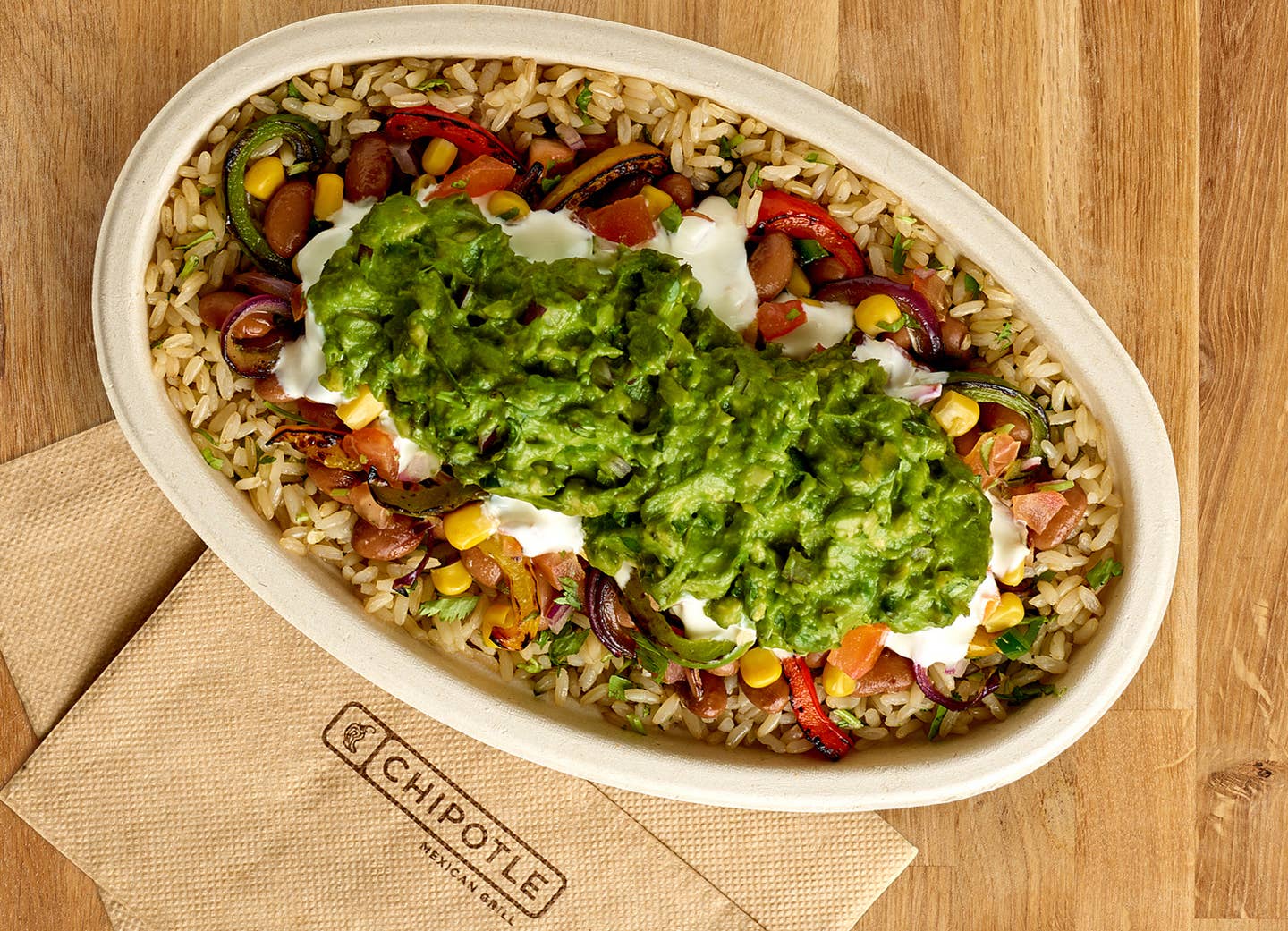
Adding One More Serving of Fruit and Vegetables Lowers Your Risk of Diabetes
A new study has found a definitive link between eating more fruits and vegetables and lowering your risk of type 2 diabetes by as much as 50 percent. Even adding a moderate amount of plant-based foods to your daily diet, about one serving per day, is enough to make a big difference, the study found.
The research measured vitamin C and carotenoids in the blood of 22,000 people in eight European countries over 16 years and reported on the incidence of type 2 diabetes among those who ate the most fruits and vegetables, a medium amount, and the least amount. Vitamin C and carotenoids are reliable markers for fruit and vegetable consumption, and by measuring plasma there is a much higher chance of accuracy in the research than self-reporting where participants often relay inaccurate information about their own eating and exercise habits.
The study, published in The British Medical Journal, found that there was an inverse relationship between people who ate the most vegetables and fruits and cases of type 2 diabetes, and those who ate the fewest plant-based foods had the highest rates of type 2 diabetes, also called "adult-onset" because it is not genetic in nature but is brought on by lifestyle factors such as dietary choices. The most surprising thing about the study, was that the "middle" group proved that even a modest amount of additional fruits and vegetables, measured at about 2.3 ounces a day-- or one serving-- had a diminished risk of diabetes of about o30 percent. So you don't have to go fully plant-based to see health benefits. Just adding more vegetables and fruits to your plate is enough to see positive results.
The study has wide-ranging implications for the "five a day" recommendation of servings of fruits and vegetables currently touted as healthiest. In looking at the blood plasma markers it's clear that nearly 69 percent of people in England and 85 percent of people in European countries don't achieve that goal. In the most recent survey available, Americans fare worse: Only about 1 in ten people achieve the recommended daily 5 servings of fruits and vegetables a day, according to a CDC poll from 2017. According to the CDC's data, just 12.2% of adults eat the recommended amount of fruit, and 9.3% eat the recommended amount of vegetables. On average, Americans eat fruit once a day, and vegetables 1.7 times a day.
The study indicates that the dietary guidelines might be more effectively written to encourage people to eat: "Just one more serving of plant-based food a day" since that extra 2.3 ounces appears to benefit the majority of those who achieved modest intake. This is especially true in respect to "low carb" diets such as keto diets, which require people to reduce carbs to go into ketosis and burn fat as fuel. The study recommends increasing fruit and vegetable intake, even though these are complex carbohydrates, for health purposes.
The European Fruit and Vegetable Study Recommends One More Serving a Day:
"Various dietary guidelines have recommended increasing fruit and vegetable intake as an important component of a healthy diet. However, evidence derived from a food frequency questionnaire for the specific role of fruit and vegetables and their subtypes in the prevention of type 2 diabetes has previously been weak and inconsistent. The potential overall benefits of fruits and vegetables have also been questioned within certain popular dietary regimens that favour low carbohydrate intake, including advice to limit the consumption of many fruits and vegetables," meaning keto diets.
"Although five portions a day of fruit and vegetables have been recommended for decades, in 2014-15, 69% of UK adults ate fewer than this number, and this proportion is even higher in European (EU) adults (86%). The low population level concordance with the “five a day” recommendation provides an incentive to quantify the benefits of making small changes in consumption of fruits and vegetables even below the threshold of the widely recommended guideline level, as suggested by our findings from the dose-response relationship of the biomarkers with fruit and vegetable intake presented in [the chart above]."
A Diet of Fruits, Vegetables and Whole Grains is Best to Avoid Type 2 Diabetes
To convince anyone still wavering about what to put on their plate–salad, greens, whole grains versus over-processed or animal-based foods-–a second study from the US looked at even more people over a longer period and found that whole grains such as oatmeal, whole grains, brown rice, and even whole grain bread or non-sugary cereal also lowers the risk of type 2 diabetes. This study looked at whole-grain intake among 158,000 women and 36,000 men. and found that participants in the highest category for total whole grain consumption had a 29% lower rate of type 2 diabetes compared with those who ate the least amount of whole grains.
That study found: "Higher consumption of total whole grains and several commonly eaten whole-grain foods, including whole-grain breakfast cereal, oatmeal, dark bread, brown rice, added bran, and wheat germ, was significantly associated with a lower risk of type 2 diabetes. These findings provide further support for the current recommendations of increasing whole grain consumption as part of a healthy diet for the prevention of type 2 diabetes."
The study also concludes that there are several similar findings in the research, so although this was a review of data, the conclusions are in keeping with previous studies: "The inverse association between higher whole grain consumption and risk of type 2 diabetes has been found in previous studies. A meta-analysis of prospective cohort studies showed that total whole-grain consumption was associated with a lower risk of type 2 diabetes. Moreover, this meta-analysis showed that a higher intake of several whole-grain foods, including whole-grain bread, whole-grain breakfast cereals, wheat bran, and brown rice, were associated with a similar risk reduction in type 2 diabetes."
Type 2 Diabetes Affected Nearly 1 in 10 Americans, or 34 Million People
According to the CDC, more than 34 million Americans have diabetes (or nearly 1 in 10), and approximately 90 to 95 percent of them have type 2 diabetes. Type 2 diabetes most often develops in adults 45 and older, but more and more teens and young adults are developing it.
Type 2 diabetes is a failure of the body's ability to produce enough insulin to process sugar in the blood, so the fact that a diet high in fiber, from vegetables and fruit, and with slow-burning complex carbohydrates such as oatmeal and quinoa, means that the body can furn off the fuel from food at a steady pace and not have to release insulin spikes that signal the body to remove the excess blood sugar and store it as fat. In the simplest terms, food that burns as steady fuel, combined with exercise, maintaining a healthy weight and not overeating, is a way for insulin levels to remain constant, low and healthy. When you eat processed foods, high in sugar, fat, preservatives, sodium and chemicals your body can't metabolize the onslaught of added sugars and fats fast enough, creating insulin resistance and eventually insulin failure. The result over time is type 2 diabetes.
Keeping inflammation low and concentrating on a diet of vegetables, fruits, whole grains and healthy fat from plant-based sources (olives, nuts, avocados) is the best way to stay healthy, avoid type 2 diabetes and maintain a steady weight over decades.
More From The Beet






